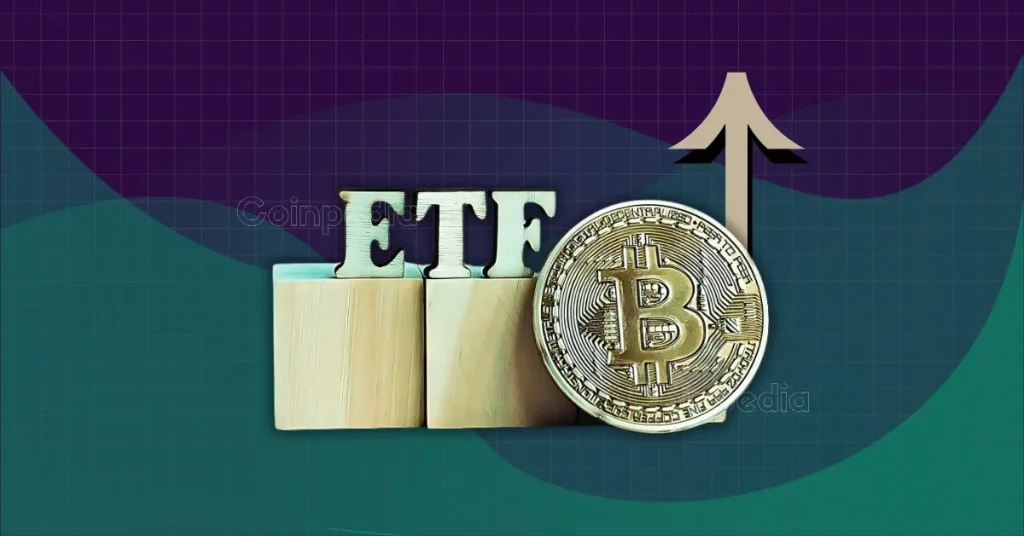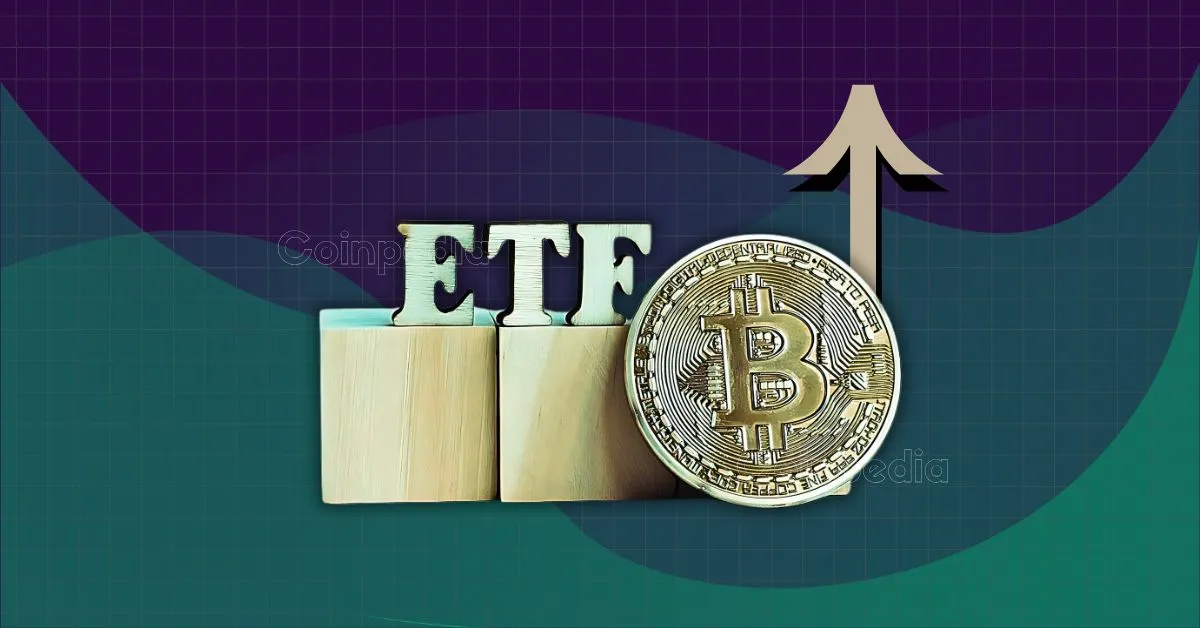
The Kiyosaki Portfolio in 2025: A Deep Dive into Safe Haven Assets and the Specter of Financial Collapse
Introduction
In the ever-evolving landscape of global finance, few voices have remained as consistently provocative and influential as Robert Kiyosaki, the author of the seminal work *Rich Dad Poor Dad*. As we navigate the complexities of 2025, Kiyosaki’s investment strategy has become a beacon for those seeking refuge from economic turbulence. His unwavering advocacy for tangible assets—gold, silver, and Bitcoin—has positioned him as a contrarian voice in a world increasingly dominated by uncertainty. This report delves into Kiyosaki’s investment philosophy, examining his evolving views on these safe-haven assets and the rationale behind his predictions for a looming economic downturn.
The Looming Crisis: Kiyosaki’s Premonition of a “Greater Depression”
Kiyosaki’s investment advice is deeply rooted in his belief that the global financial system is on the brink of collapse. He frequently warns of an impending “Greater Depression,” a term he uses to describe a catastrophic economic downturn that he believes will dwarf the Great Depression of the 1930s. His predictions are based on a confluence of factors, including record-high consumer debt, rising unemployment rates, and the depletion of retirement savings. He argues that these pressures are unsustainable and that the traditional financial system is ill-equipped to handle the impending crisis.
Kiyosaki’s skepticism extends to the U.S. dollar and the banking system, which he views as fundamentally flawed and potentially fraudulent. He has repeatedly criticized the Federal Reserve’s policies, arguing that excessive money printing and low-interest rates have artificially inflated asset prices, creating a bubble that is bound to burst. His distrust of the system is so profound that he has even suggested that Bitcoin, despite its volatility and potential risks, is a less significant scam than the current financial system. This perspective underscores his belief that investors must seek alternative stores of value to protect their wealth.
The Holy Trinity: Gold, Silver, and Bitcoin as Pillars of Financial Security
In the face of this perceived financial collapse, Kiyosaki champions gold, silver, and Bitcoin as the cornerstones of his investment strategy. He views these assets not merely as investment opportunities but as essential tools for preserving wealth in a time of economic instability. While his advocacy for these assets remains consistent, the nuances of his preferences and the reasons behind them warrant closer examination.
Gold: A Timeless Hedge, But Not Always the Top Choice
Gold has long been regarded as a traditional store of value and a hedge against inflation. In the first half of 2025, gold ETFs experienced significant inflows, reflecting a broader investor sentiment of seeking security amidst volatility. Kiyosaki acknowledges gold’s importance but often expresses a preference for holding physical gold rather than investing in gold ETFs. His rationale stems from his distrust of Wall Street institutions and his belief that ETFs are merely “fake” representations of the underlying asset. He sees ETFs as part of the flawed financial system he is trying to avoid.
Kiyosaki’s occasional “dumps” of gold suggest that he does not view it as his primary focus. Instead, he sees it as a complementary asset that can provide stability during times of economic turmoil. His preference for physical gold over ETFs underscores his core investment philosophy: a distrust of centralized institutions and a belief in the importance of direct ownership.
Silver: The “Biggest Bargain” with Explosive Potential
In 2025, silver has emerged as Kiyosaki’s preferred asset, the one he considers the “biggest bargain today.” He anticipates silver prices to triple by the end of the year, making it the investment with the most potential compared to stocks, ETFs, and even gold. Kiyosaki believes that the economy’s excessive stimulus spending is devaluing the U.S. dollar, making silver an attractive hedge against currency debasement.
Similar to his stance on gold, Kiyosaki strongly advocates for physical silver ownership over silver ETFs. He argues that demand for silver is “exploding” and urges investors to capitalize on its undervalued state. His enthusiasm for silver is rooted in his belief that it is an undervalued asset with significant upside potential, particularly in a scenario where the U.S. dollar continues to lose value.
Bitcoin: A Hedge Against Systemic Failure, But With Reservations
Bitcoin holds a unique place in Kiyosaki’s portfolio. He sees it as a hedge against both inflation and the instability of the existing financial system. He has predicted that Bitcoin could reach prices between $180,000 and $200,000 this year and $1 million within the next decade. However, Kiyosaki’s relationship with Bitcoin is not without its complexities. He has, at times, expressed skepticism, even suggesting that it “might be a scam.” Ultimately, however, he concludes that even if it is a scam, it’s a smaller one than the U.S. dollar and the Federal Reserve. This statement highlights his deep-seated distrust of traditional finance.
Despite his enthusiasm for Bitcoin, Kiyosaki remains wary of Bitcoin ETFs. He views them with the same suspicion he applies to gold and silver ETFs, considering them “artificial constructs” that don’t represent true ownership. He questions whether investors truly possess Bitcoin if they hold it through an ETF rather than in a personal wallet. His distrust of ETFs underscores his belief in the importance of direct ownership and control over one’s assets.
Physical vs. Paper: The Core of Kiyosaki’s Philosophy
Kiyosaki’s preference for physical assets—gold, silver, and Bitcoin held in cold storage—over ETFs underscores his core investment philosophy: a distrust of centralized institutions and a belief in the importance of direct ownership. He argues that ETFs, managed by Wall Street, are part of the problem, not the solution. He believes that owning the physical asset provides a greater degree of control and security, shielding investors from the potential risks associated with the traditional financial system.
This distrust also reveals a deeper belief in self-reliance and independence from established financial structures. Kiyosaki’s philosophy is rooted in the idea that investors must take control of their financial destiny, rather than relying on institutions that he believes are inherently flawed. His advocacy for physical assets is a reflection of this belief, as he sees them as a means of achieving financial independence and security in an uncertain world.
The Portfolio Performance: Driven by Safe Haven Assets
Kiyosaki’s portfolio has seen significant gains in 2025, largely driven by the performance of Bitcoin, gold, and silver. The inflows into gold ETFs and the general rise in Bitcoin’s price reflect a broader market trend of investors seeking safe-haven assets during a period of economic uncertainty. This performance validates Kiyosaki’s strategy, at least in the short term, reinforcing his belief in the value of these alternative investments.
However, it is important to note that Kiyosaki’s predictions are not without their critics. Some argue that his warnings of an impending economic collapse are overly alarmist and that his investment strategy is too focused on doomsday scenarios. Others contend that his preference for physical assets is impractical and that ETFs offer a more convenient and liquid alternative. Despite these criticisms, Kiyosaki’s unwavering conviction and consistent message continue to resonate with investors seeking alternatives to the traditional financial paradigm.
Conclusion: A Contrarian Voice in a Time of Uncertainty
Robert Kiyosaki’s investment strategy in 2025 reflects a deep-seated concern about the stability of the global financial system. His advocacy for gold, silver, and Bitcoin, particularly in physical form, is rooted in a belief that these assets offer a sanctuary from the economic storm he anticipates. While his predictions of a “Greater Depression” may seem alarmist, they provide the context for understanding his contrarian approach to investing.
Whether his warnings prove accurate remains to be seen, but his unwavering conviction and his consistent message continue to resonate with investors seeking alternatives to the traditional financial paradigm. In a world increasingly dominated by uncertainty, Kiyosaki’s voice serves as a reminder of the importance of self-reliance, independence, and the pursuit of financial security through tangible assets. His philosophy challenges the status quo and offers a compelling vision for navigating the complexities of the modern financial landscape.





